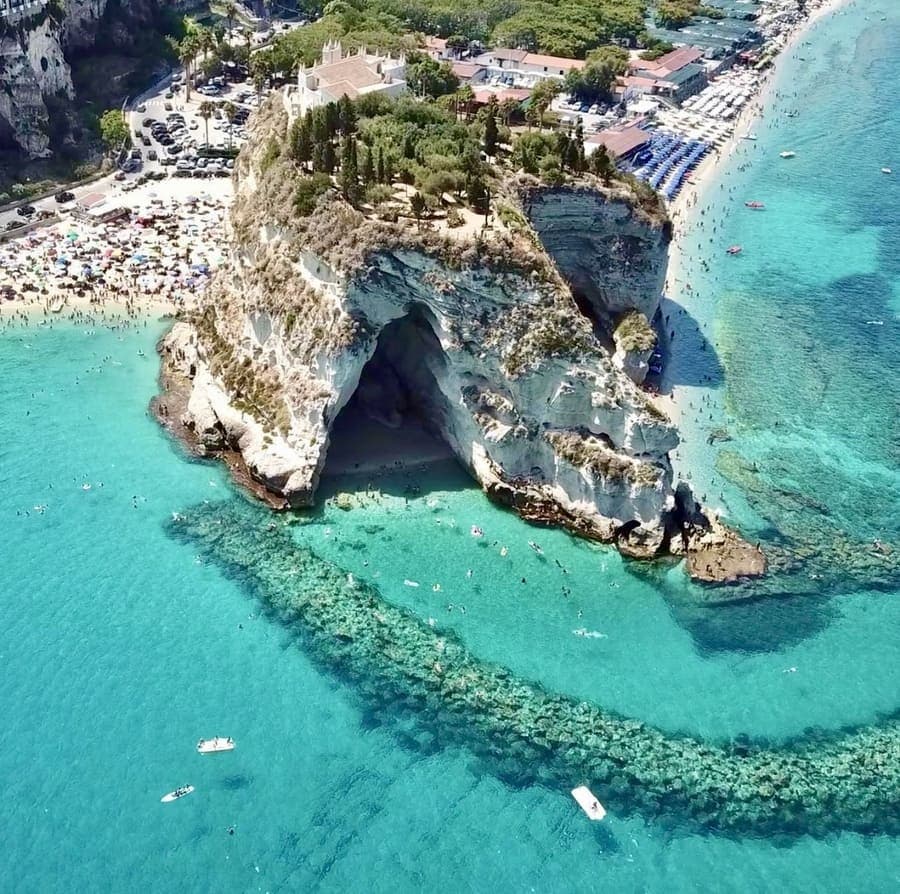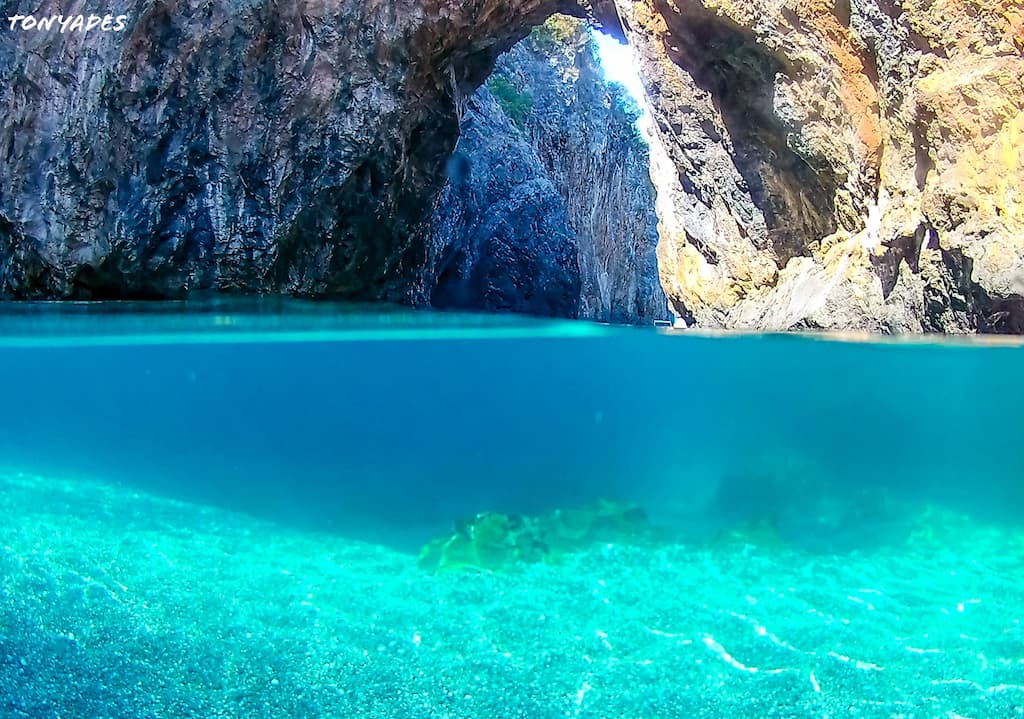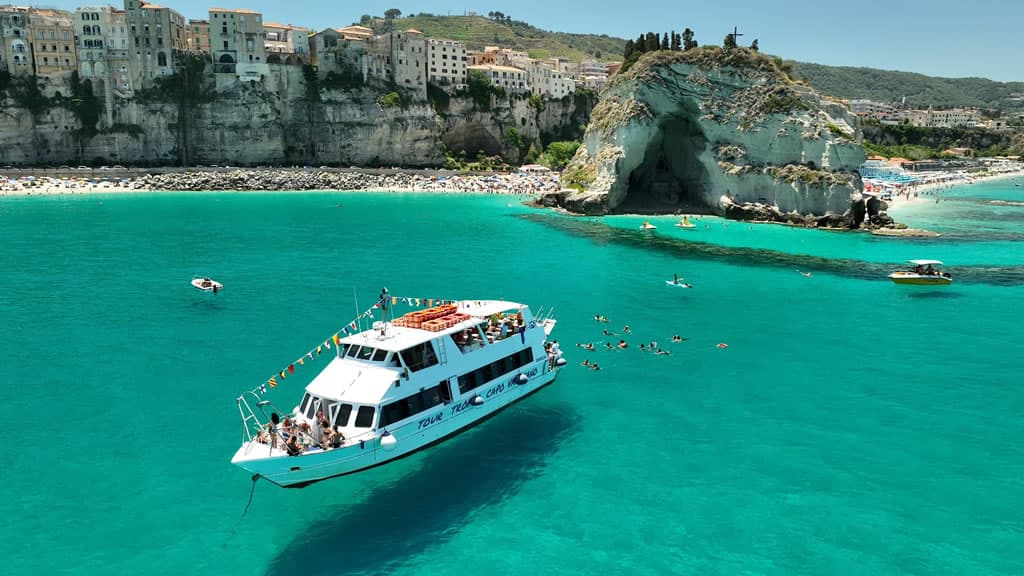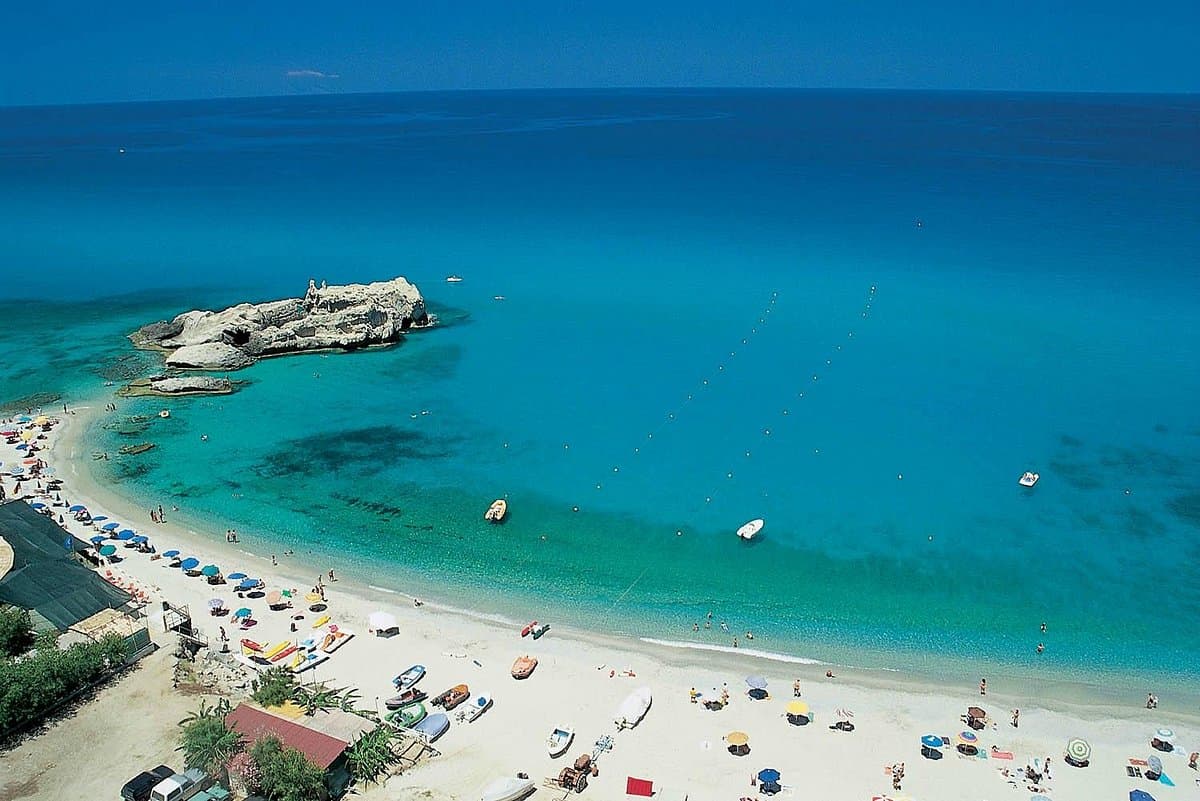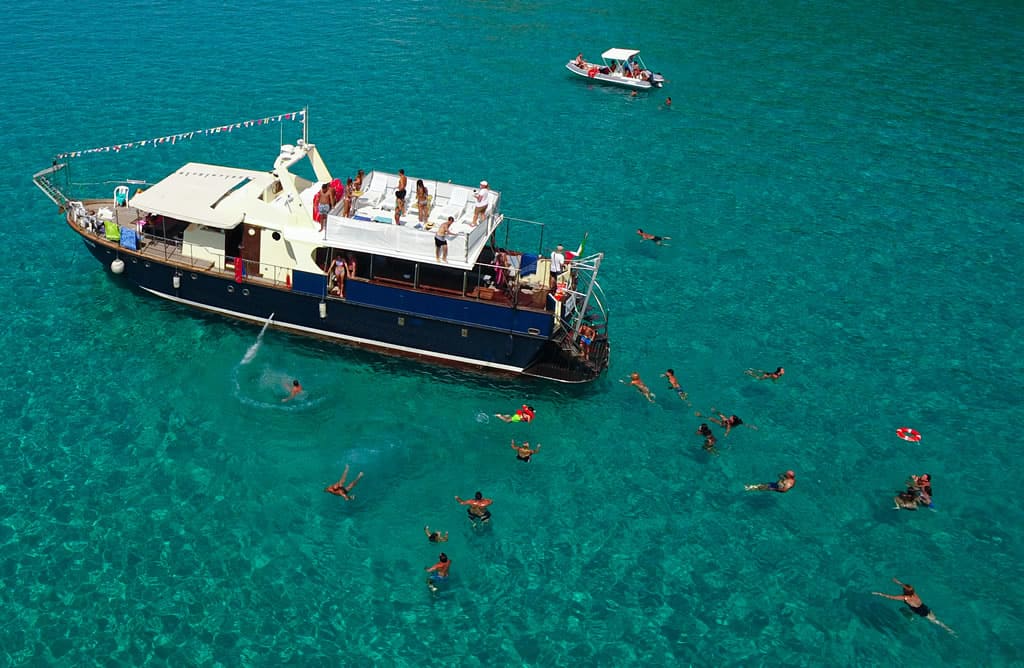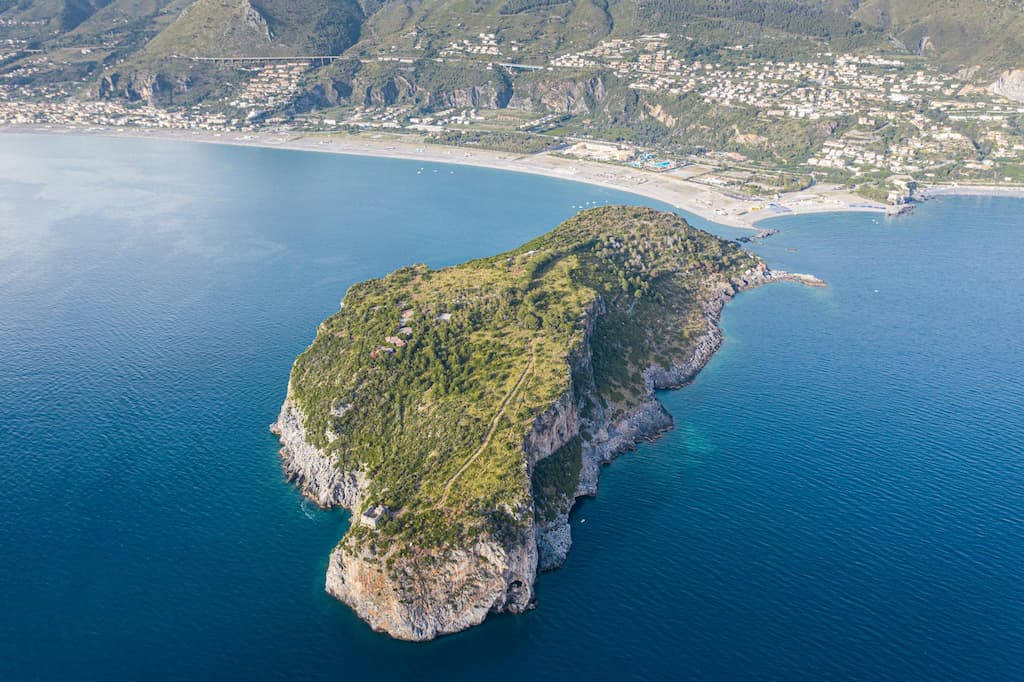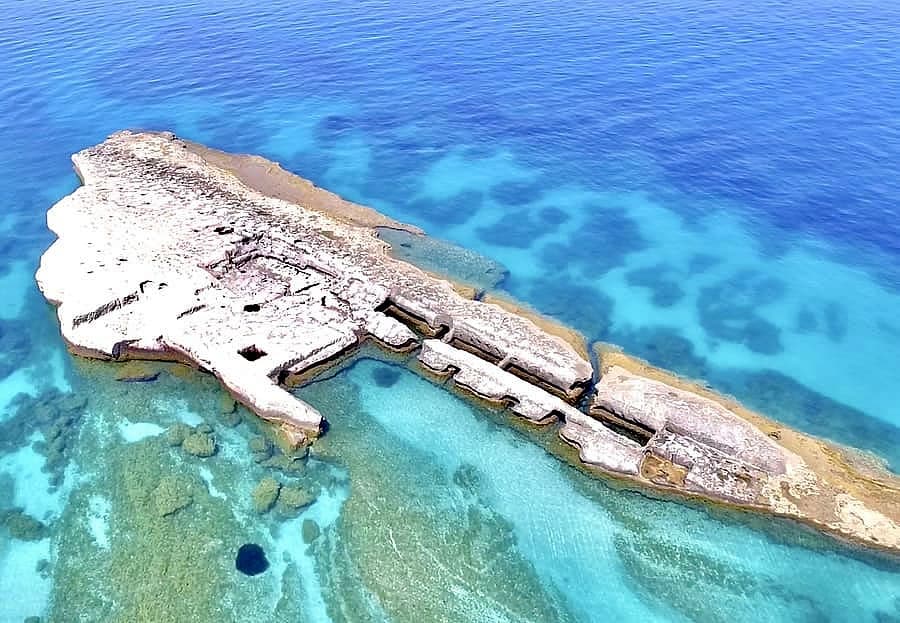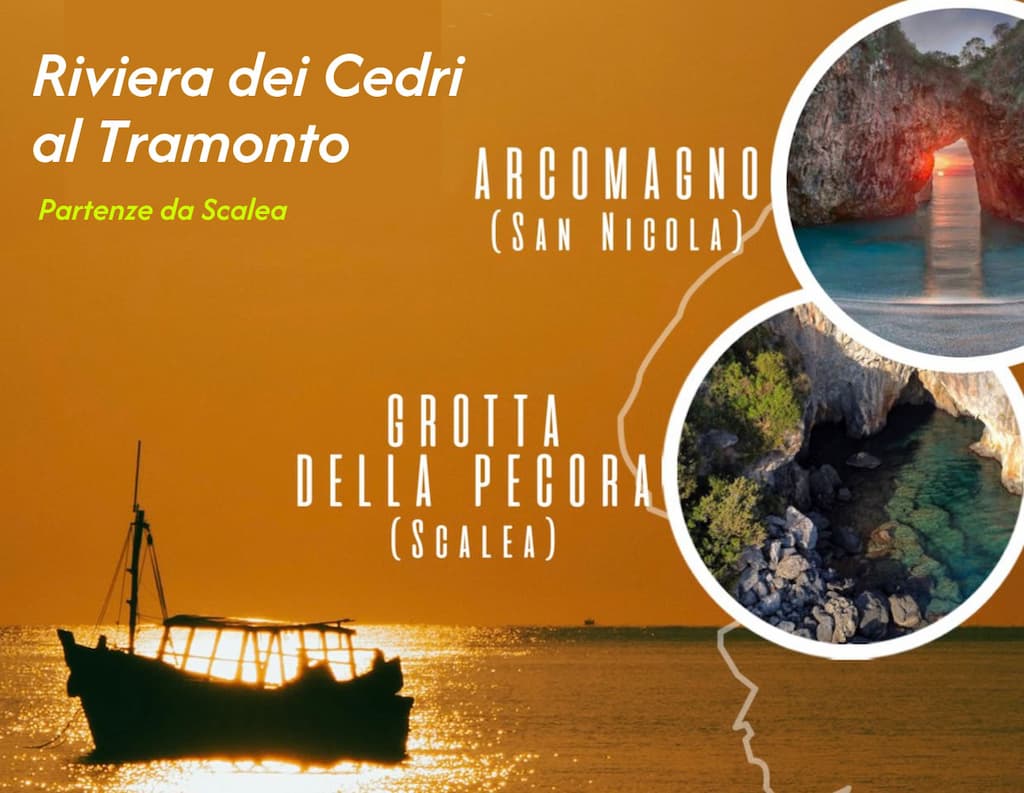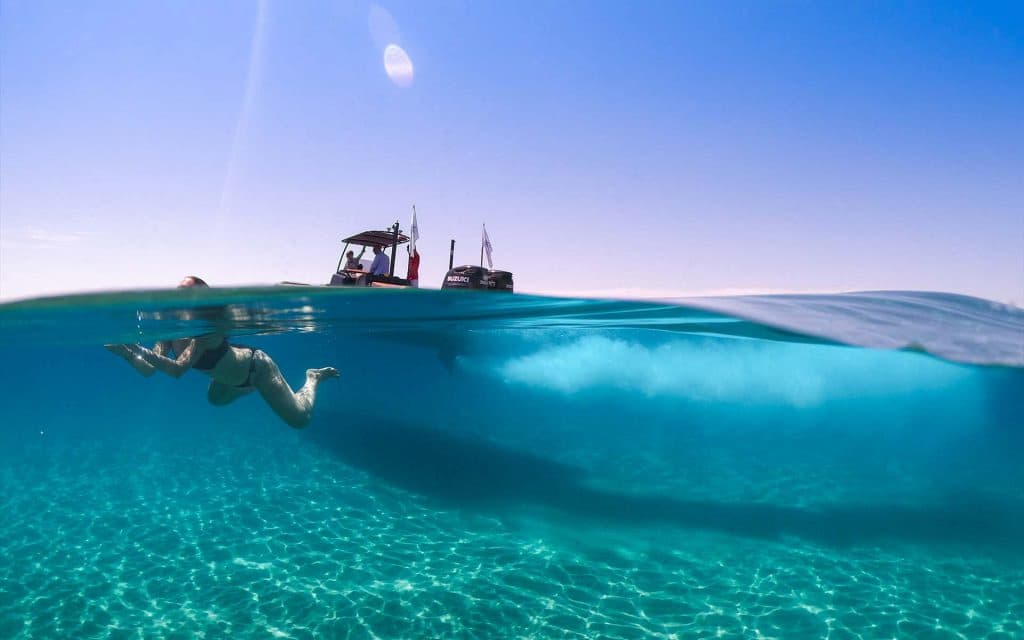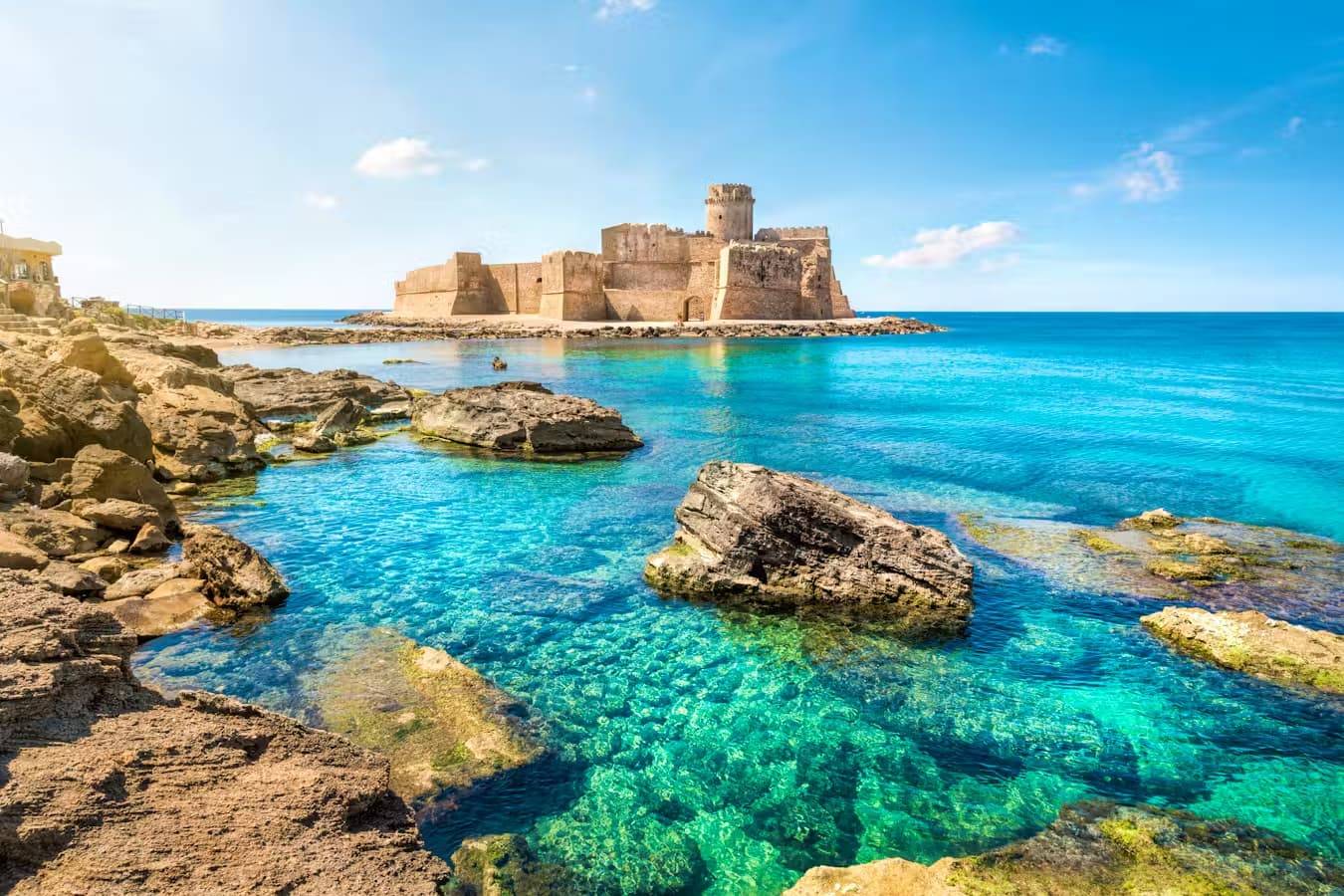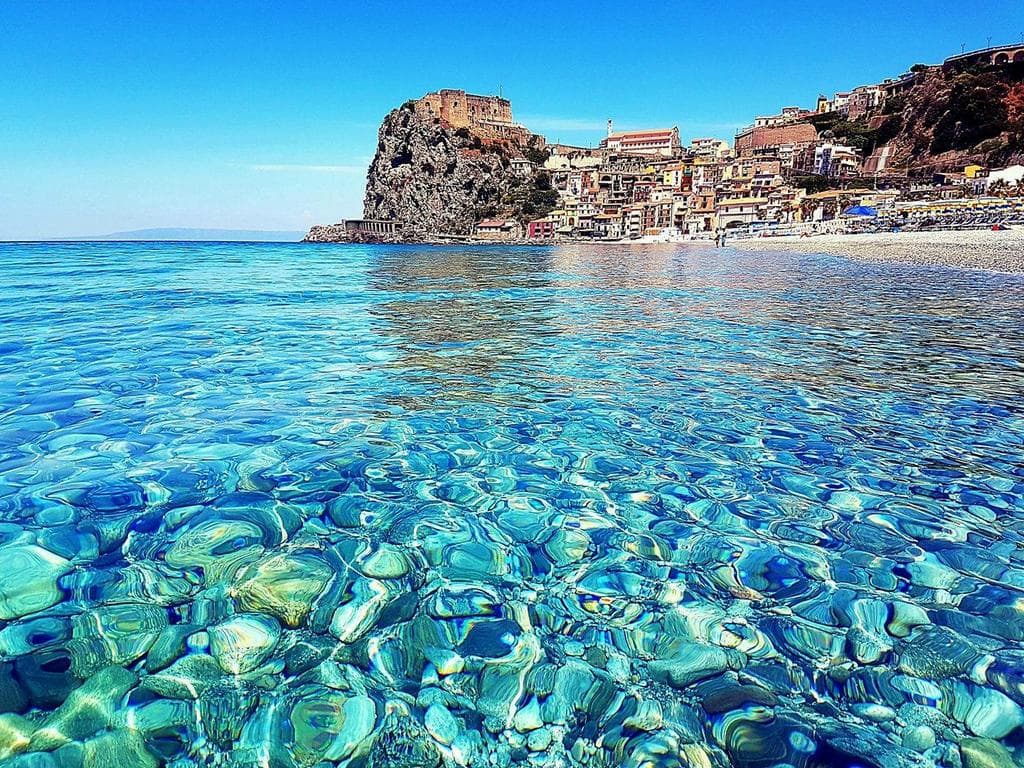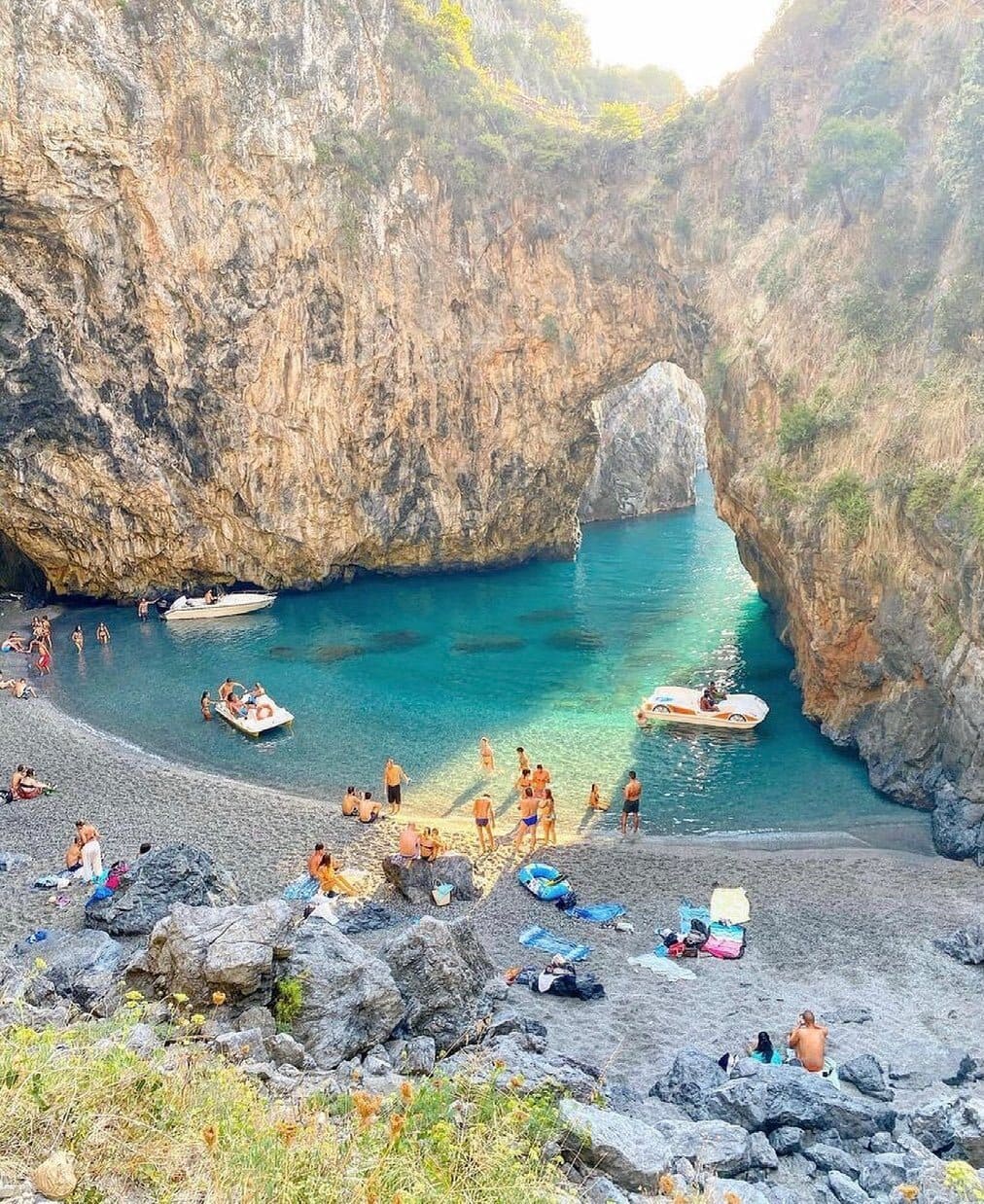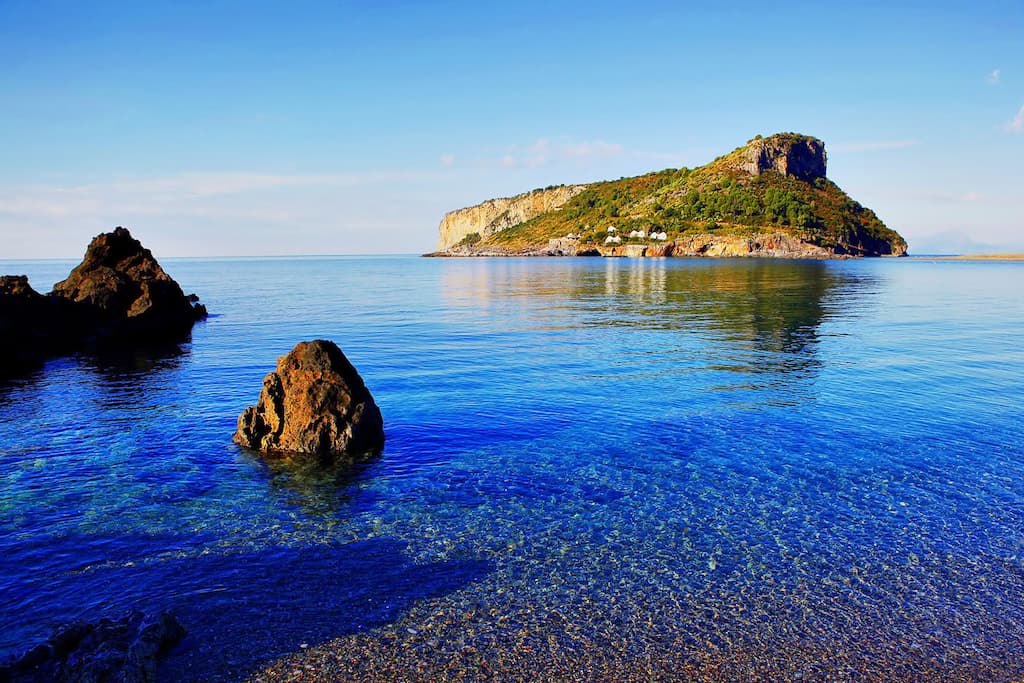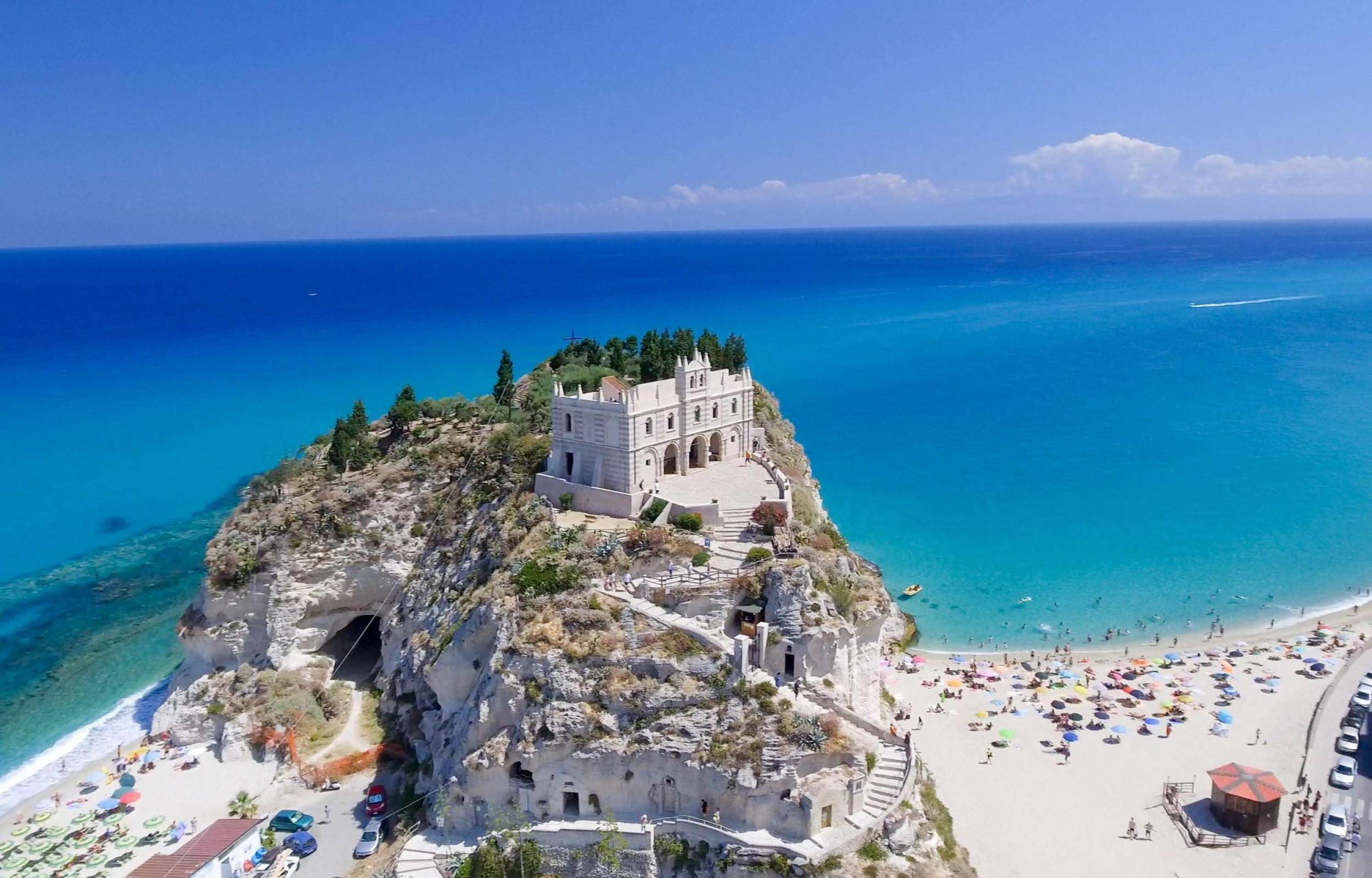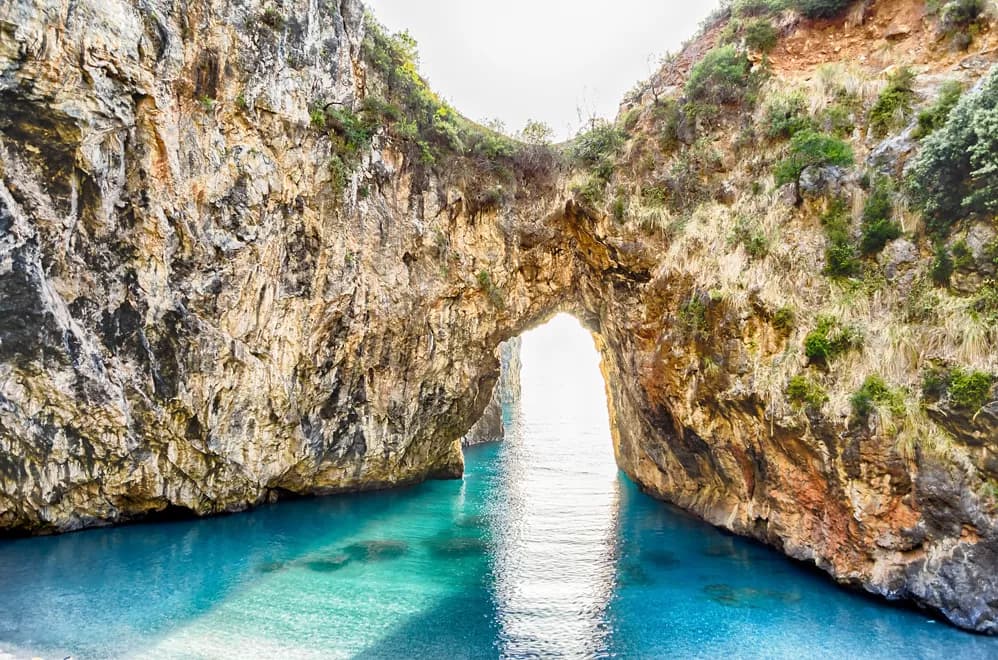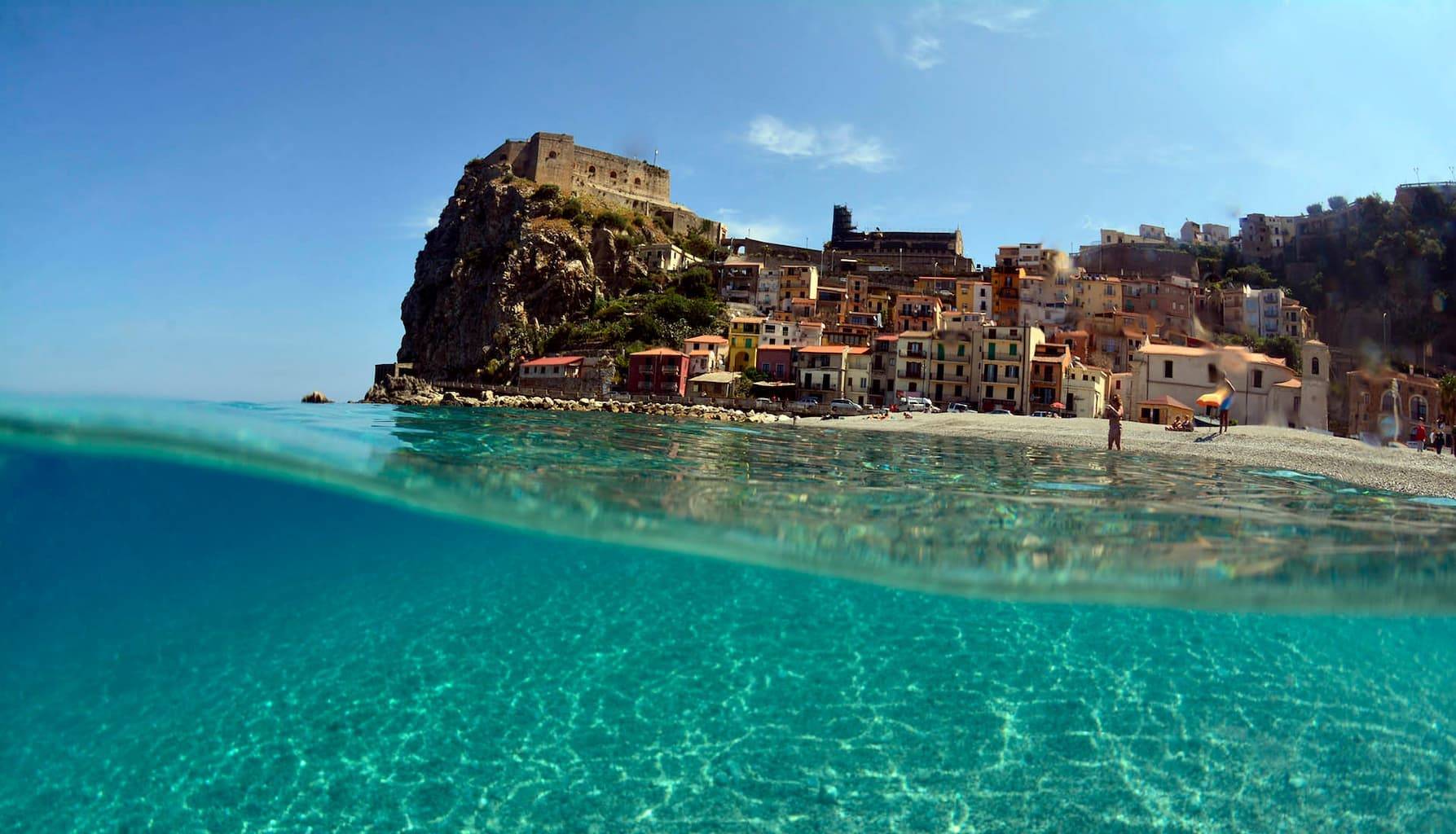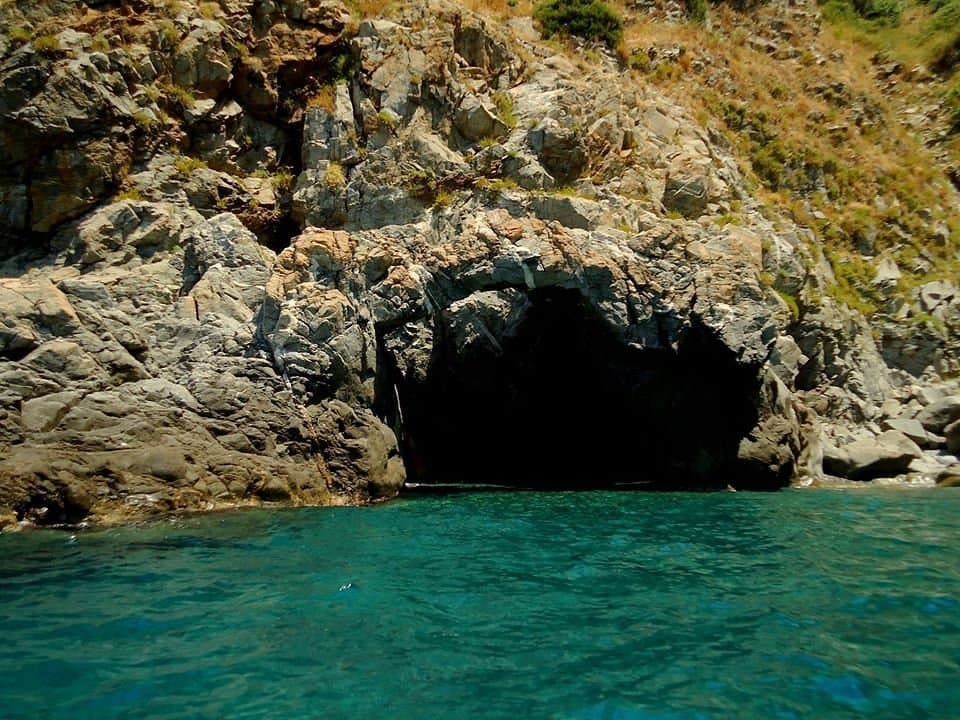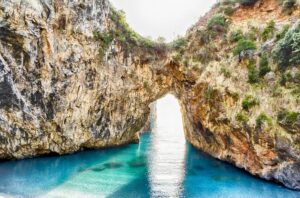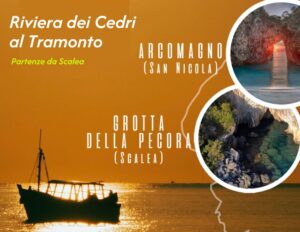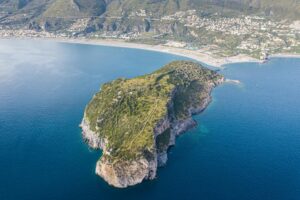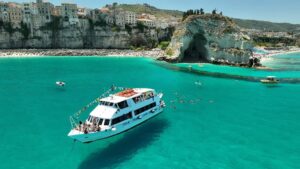Escursioni in Barca in Calabria
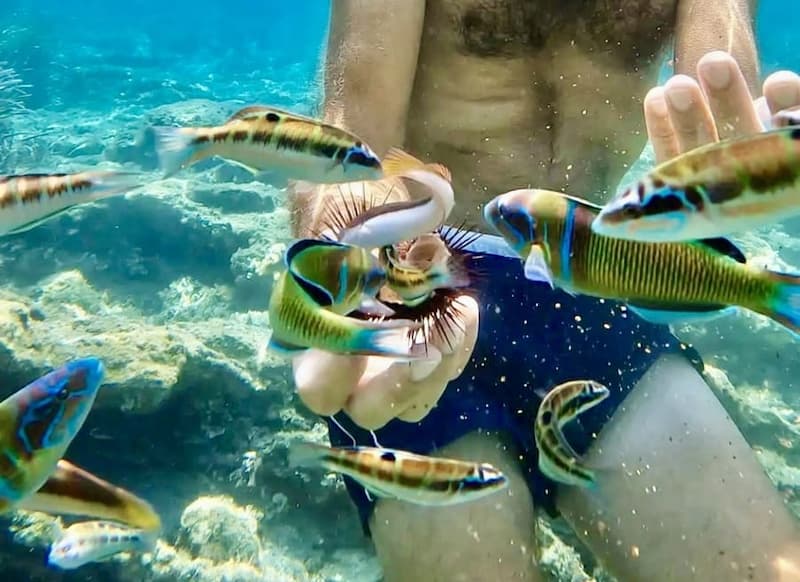
Calendario Escursioni in Barca in Calabria 2025
VERDE tour disponibili nel calendario.
BLU data di oggi nel calendario.
ARANCIONE data scelta.
Seleziona una data nel Calendario


L
M
M
G
V
S
D
Tour del:
Guarda anche:
Escursioni in barca Bagnara Calabra - Escursioni in Barca Costa degli Dei - Escursioni in Barca Costa Viola - Escursioni in barca Diamante - Escursioni in barca Isola Capo Rizzuto - Escursioni in Barca Riviera dei Cedri - Escursioni in barca San Nicola Arcella - Escursioni in barca Scalea - Escursioni in barca Scilla - Escursioni in barca Tropea - Escursioni in barca Villa San Giovanni - Gite romantiche in barca per coppie Calabria ❤️ 🚤 Escursioni in Barca in Calabria: Esplora il Mare con Stile
La Calabria, con i suoi oltre 800 km di costa, offre una vasta gamma di escursioni in barca per scoprire spiagge nascoste, acque cristalline e panorami mozzafiato. Navigare lungo le sue coste è un’esperienza unica, che regala momenti di relax, avventura e contatto con una natura straordinaria.
Tipologie di escursioni disponibili
- Tour privati: Perfetti per coppie e gruppi che desiderano privacy e personalizzazione.
- Escursioni giornaliere: Ideali per famiglie e viaggiatori singoli.
- Snorkeling e diving: Esplora la vita marina nei punti più suggestivi.
- Aperitivi al tramonto: Momenti romantici con vista sul sole che scompare all’orizzonte.
Consigli utili per le escursioni in barca
- 🎒 Cosa portare: Costume da bagno, crema solare, cappello, occhiali da sole e macchina fotografica.
- 🚤 Sicurezza: Verifica che l’imbarcazione sia dotata di tutte le attrezzature di sicurezza.
- 📅 Periodo ideale: Da maggio a ottobre, per condizioni meteo favorevoli e acque calme.
🌟 Naviga verso nuove avventure!
Cosa fare - Escursioni in Barca in Calabria
Post pubblicati: 28
































